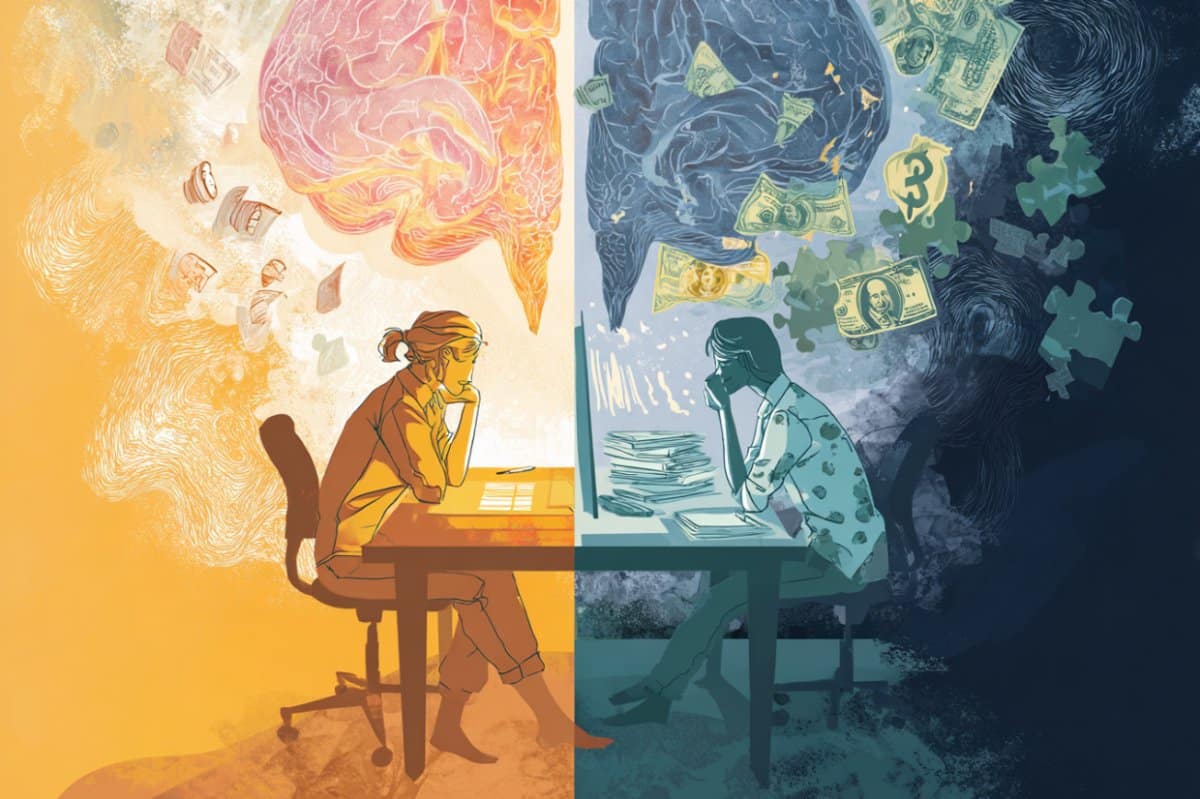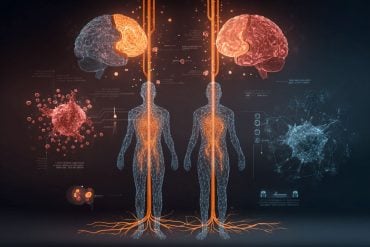Summary: A new study reveals how the brain responds to mental exhaustion, identifying two key regions—the right insula and the dorsolateral prefrontal cortex—that become more active as cognitive fatigue builds. Using functional MRI, researchers observed how volunteers responded to demanding memory tasks and how their willingness to continue changed based on internal fatigue and external rewards.
The more mentally drained participants felt, the more activity these brain regions showed—yet higher financial incentives still pushed them to keep going. These insights could help guide treatments for fatigue-related conditions like depression and PTSD by offering a measurable, biological view of mental effort.
Key Facts:
- Fatigue Circuits Identified: The right insula and dorsolateral prefrontal cortex show heightened activity during cognitive fatigue.
- Effort vs. Incentive: Higher monetary rewards increased participants’ willingness to exert mental effort, even when fatigued.
- Clinical Potential: Findings may inform treatments for mental exhaustion in PTSD, depression, and related conditions.
Source: Johns Hopkins Medicine
In experiments with healthy volunteers undergoing functional MRI imaging, scientists have found increased activity in two areas of the brain that work together to react to, and possibly regulate, the brain when it’s “feeling” tired and either quits or continues exerting mental effort.
The experiments, designed to help detect various aspects of brain fatigue, may provide a way for physicians to better evaluate and treat people who experience overwhelming mental exhaustion, including those with depression and post-traumatic stress disorder (PTSD), the scientists say.

A report on the NIH-funded study was published online June 11 in the Journal of Neuroscience, detailing results on 18 female and 10 male healthy adult volunteers given tasks to exercise their memory.
“Our lab focuses on how [our minds] generate value for effort,” says Vikram Chib, Ph.D., associate professor of biomedical engineering at the Johns Hopkins University School of Medicine and a research scientist at Kennedy Krieger Institute.
“We understand less about the biology of cognitive tasks, including memory and recall, than we do about physical tasks, even though both involve a lot of effort.” Anecdotally, Chib says, scientists know cognitive tasks are tiring, and relatively less about why and how such fatigue develops and plays out in the brain.
The 28 study participants, who ranged in age from 21 to 29, were paid $50 to participate in the study, and were told they could receive additional payments based on their performance and choices. All participants received a baseline MRI scan before the experiments began.
The tests of their working memory, which took place while undergoing subsequent MRI scans of their brains, included looking at a series of letters, in sequence, on a screen and recalling the position of certain letters. The farther back a letter was in the series of letters, the harder it was to recall its position, increasing the cognitive effort expended.
The participants were given feedback on their performance after each test and opportunities to receive increasing payments ($1–$8) with more difficult recall exercises. The participants also were asked before and after each test to self-rate their level of cognitive fatigue.
Overall, the test results found increased activity and connectivity in two brain areas when participants reported cognitive fatigue: the right insula, an area deep in the brain that has been associated with feelings of fatigue, and the dorsal lateral prefrontal cortex, areas on both sides of the brain that control working memory.
For each participant, activity in both brain locations during cognitive fatigue increased by more than twice the level of baseline measurements taken before starting the tests.
“Our study was designed to induce cognitive fatigue and see how people’s choices to exert effort change when they feel fatigue, as well as identify locations in the brain where these decisions are made,” says Chib.
Notably, Chib and his research team members Grace Steward and Vivian Looi found that the financial incentives need to be high in order for participants to exert increased cognitive effort, suggesting that external incentives prompt such effort.
“That outcome wasn’t entirely surprising, given our previous work finding the same need for incentives in spurring physical effort,” says Chib.
“The two areas of the brain may be working together to decide to avoid more cognitive effort unless there are more incentives offered. However, there may be a discrepancy between perceptions in cognitive fatigue and what the human brain is actually capable of doing,” says Chib.
Fatigue is linked with many neurological conditions, including PTSD and depression, says Chib.
“Now that we’ve likely identified some of the neural circuits for cognitive effort in healthy people, we need to look at how fatigue manifests in the brains of people with these conditions,” he adds.
Chib says it may be possible to use medication or cognitive behavior therapy to combat cognitive fatigue, and the current study using decision tasks and functional MRI could be a framework for objectively classifying cognitive fatigue.
Functional MRI uses blood flow to measure broad areas of activity in the brain; however, it does not directly measure neuron activation, nor more subtle nuances in brain activity.
“This study was performed in an MRI scanner and with very specific cognitive tasks. It will be important to see how these results generalize to other cognitive effort and real-world tasks,” says Chib.
Funding: Funding for the research was provided by the National Institutes of Health (R01HD097619, R01MH119086).
About this neuroscience research news
Author: Vanessa Wasta
Source: Johns Hopkins University
Contact: Vanessa Wasta – Johns Hopkins University
Image: The image is credited to Neuroscience News
Original Research: Closed access.
“The Neurobiology of Cognitive Fatigue and Its Influence on Effort-Based Choice” by Vikram Chib et al. Journal of Neuroscience
Abstract
The Neurobiology of Cognitive Fatigue and Its Influence on Effort-Based Choice
Feelings of cognitive fatigue emerge through repeated mental exertion and are ubiquitous in our daily lives.
However, there is a limited understanding of the neurobiological mechanisms underlying the influence of cognitive fatigue on decisions to exert.
We use functional magnetic resonance imaging while participants (18 females, 10 males) chose to exert effort for reward, before and after bouts of fatiguing cognitive exertion.
We found that when participants became cognitively fatigued, they were more likely to choose to forgo higher levels of reward for more effort.
We describe a mechanism by which signals related to cognitive exertion in the dorsolateral prefrontal cortex influence effort value computations, instantiated by the insula, thereby influencing an individual’s decisions to exert while fatigued.
Our results suggest that cognitive fatigue plays a critical role in decisions to exert effort and provides a mechanistic link through which information about cognitive state shapes effort-based choice.






